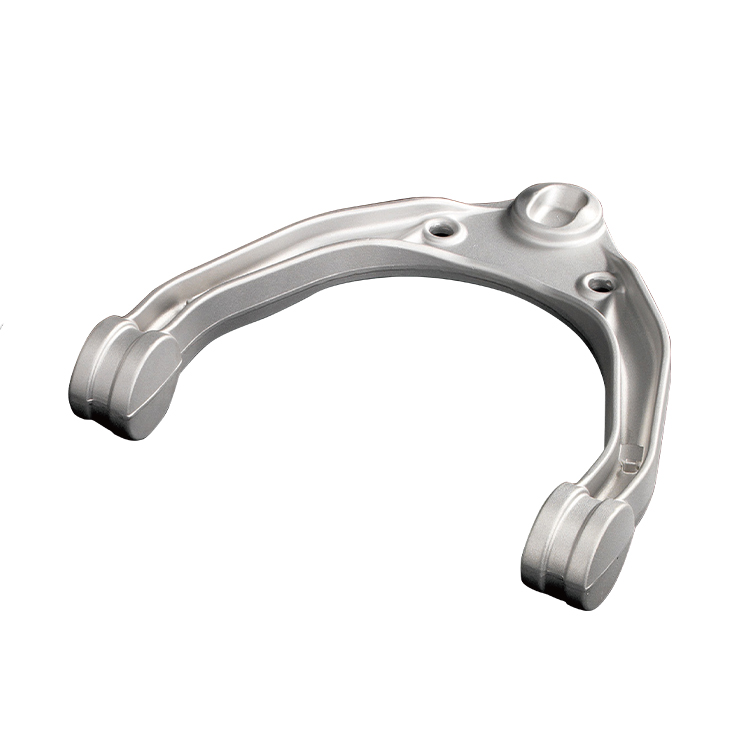Design and development - The first step in making a monoblock aluminum forging control arm is to design and develop the part. This involves creating a computer-aided design (CAD) model of the control arm, which is used to create a prototype and ensure that the design meets the necessary performance and strength requirements.
Die design and production - The next step is to design and produce the dies that will be used to shape the aluminum into the desired shape. Dies are specialized tools that are used to forge or stamp metal into the desired shape.
Aluminum melting and casting - The aluminum alloy that will be used to make the control arm is melted in a furnace and poured into a mold to create a rough casting.
Heat treatment - The rough casting is then heat treated to strengthen the metal and improve its properties.
Forging - The heat-treated casting is then placed in a forging press, where it is shaped into the final shape of the control arm using high pressure and temperature.
Machining - The forged control arm is then machined to remove any excess material and create the final shape and features of the part.
Surface finishing - The control arm is then subjected to various surface finishing processes, such as sandblasting or polishing, to give it a smooth, attractive finish.
Quality control and inspection - Finally, the finished control arm is inspected to ensure that it meets the required specifications and standards.
It is important to note that making a monoblock aluminum forging control arm is a highly specialized process that requires specialized equipment, skilled labor, and a high level of expertise. It is not a DIY project that can be done at home.

